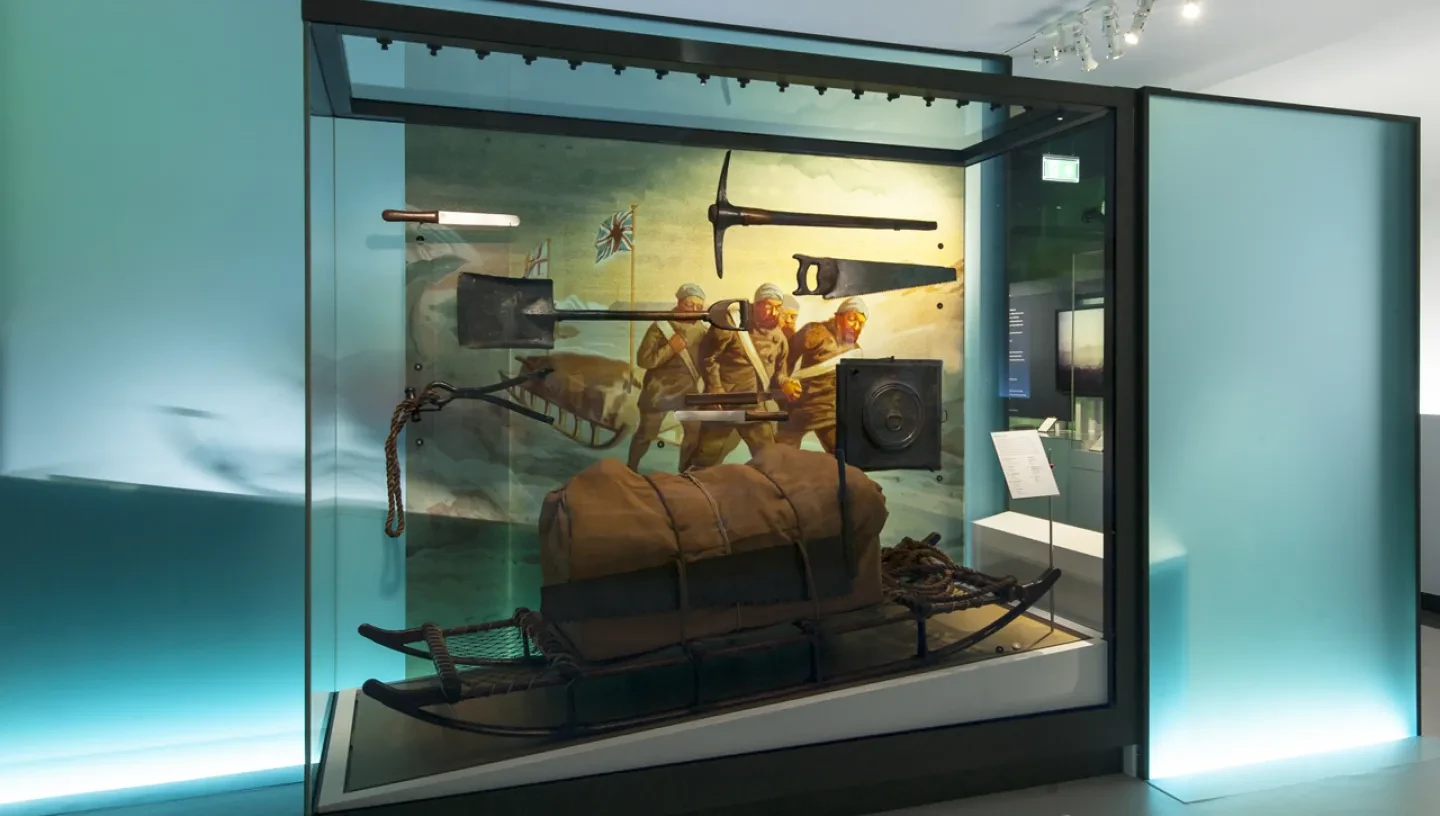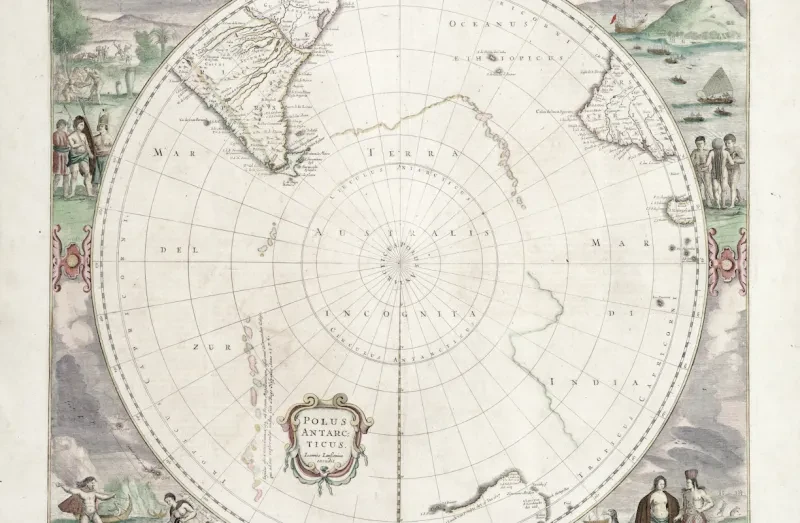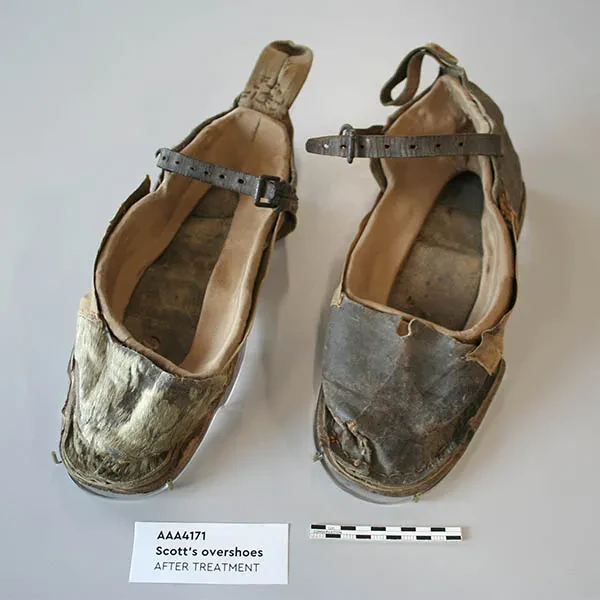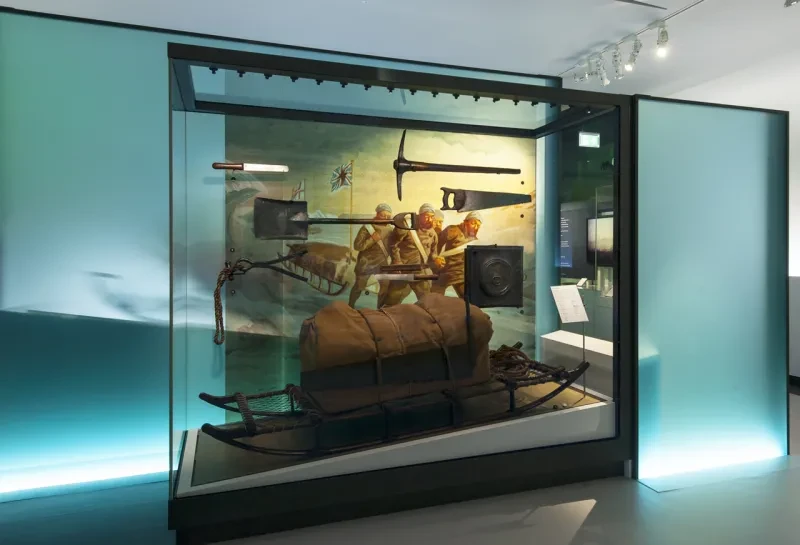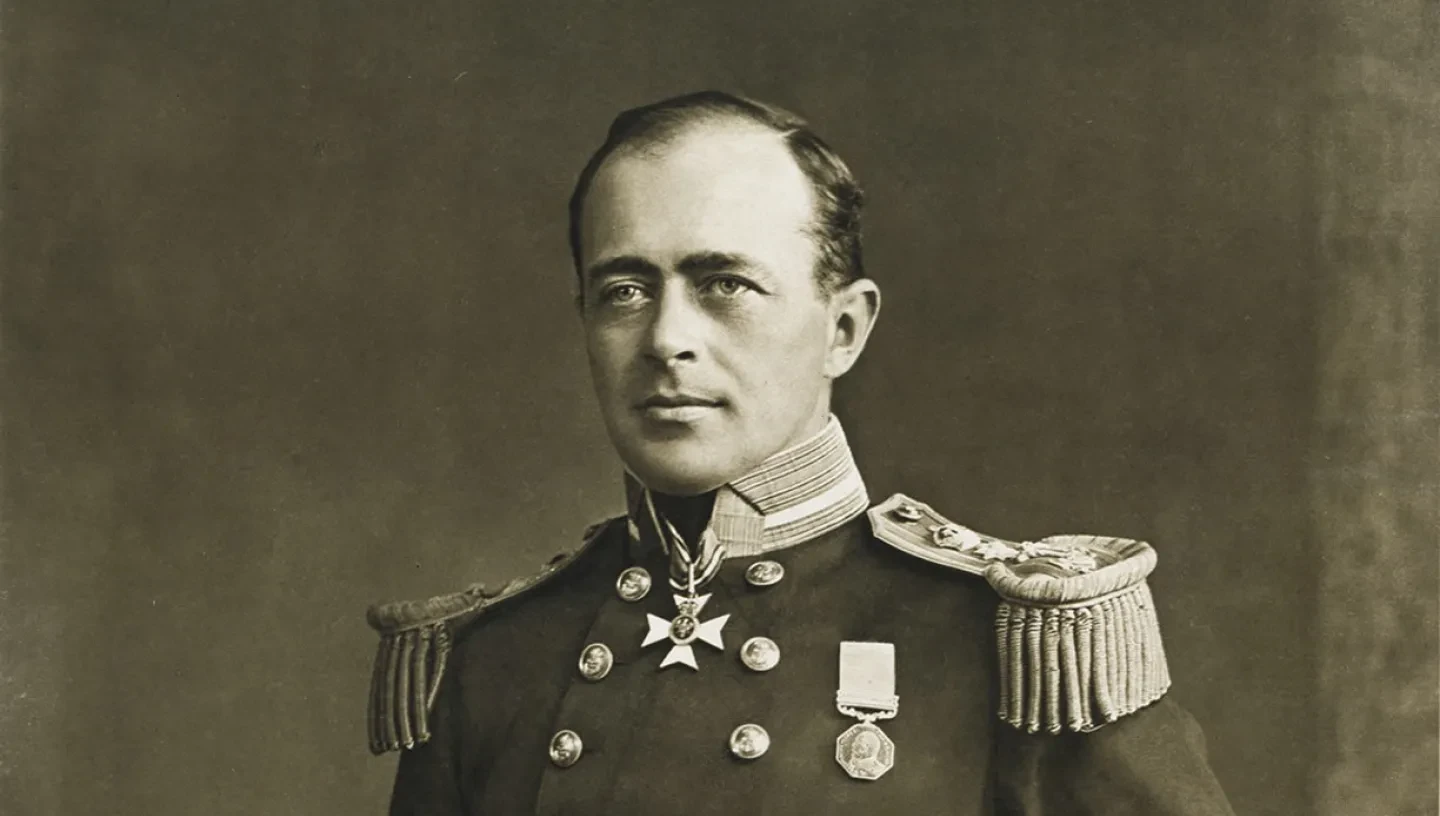
Captain Robert Falcon Scott was the first British explorer to reach the South Pole and explore Antarctica extensively by land in the early 1900s.
The celebrated explorer Captain Robert Falcon Scott (1868–1912) also famously took part in the race to claim the South Pole in 1911, but sadly failed in his mission and died on his return journey.
Who was Captain Scott?
Robert Falcon Scott was an officer in the Royal Navy, who had joined his first ship when he was 13. He was born in Devon and came from seafaring family, though his father ran a brewery. He married a sculptor named Kathleen Bruce in 1908, and they had one son, Peter, who became a famous naturalist.
What were the Antarctic expeditions hoping to achieve?
The idea was to explore the part of Antarctica around the Ross Sea, discovered in 1841 by Sir James Clark Ross. Scott also wanted to find out more about the animals, weather and geology of the Antarctic. Dr Edward Wilson, the zoologist on both Scott's expeditions, collected embryos of emperor penguins so that he could study the birds more closely.
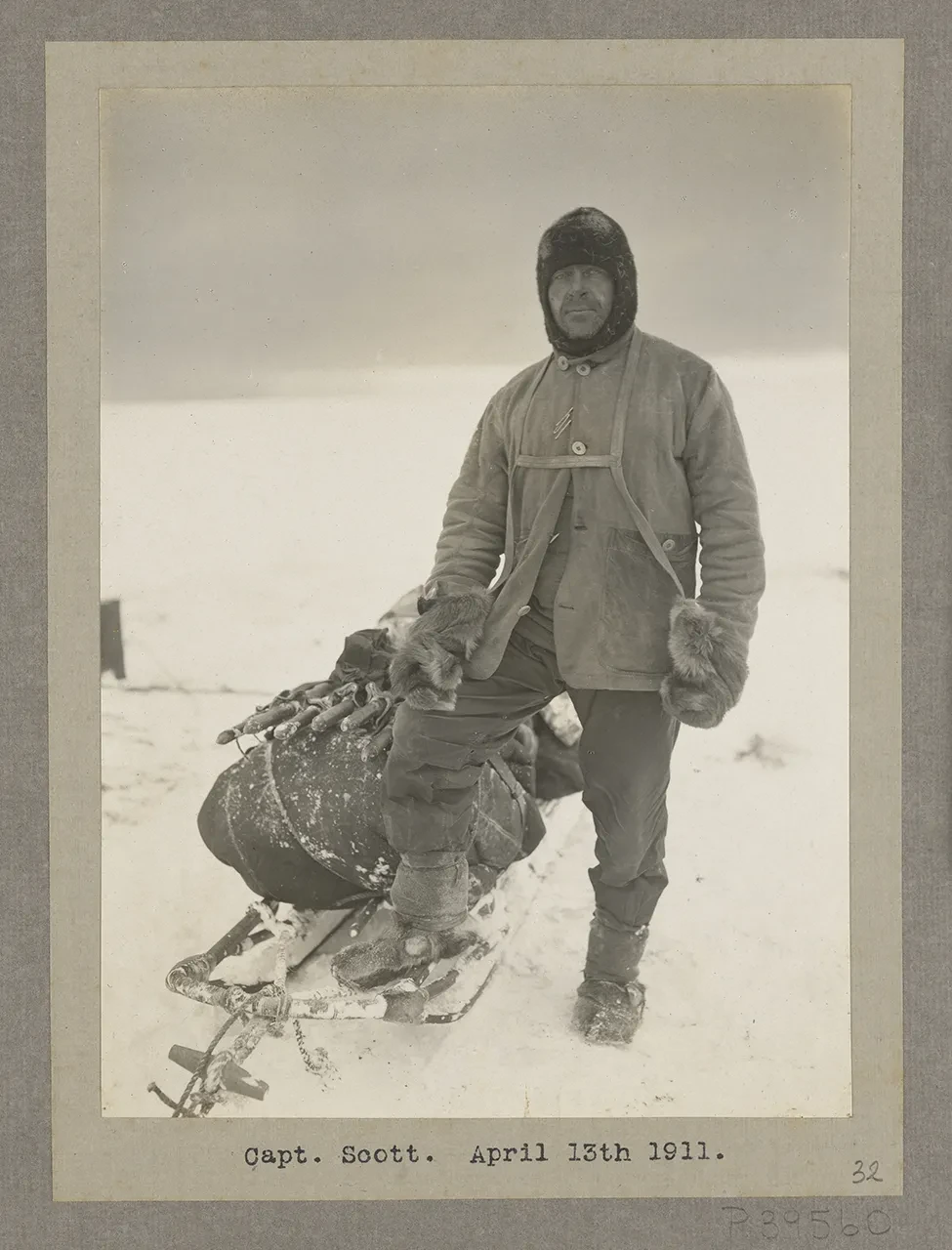
How many times did Scott travel to the Antarctic?
Scott led two expeditions. His first expedition, in the ship Discovery, took place between 1901–04 and was partially funded by the Government. Discovery was specially built for the voyage, as a research ship to go through icy seas. This expedition was significant as it was the first time Antarctic land had been explored extensively for zoological and geological purposes.
In 1910, Scott sailed on another scientific voyage, this time in the Terra Nova, originally a whaler. Scott was determined to be the first explorer to reach the South Pole, but he faced stiff completion from Norwegian Roald Amundsen.
What happened to Scott?
Scott achieved his dream and reached the South Pole on 17–18 January 1912. The achievement was bittersweet as he discovered that Roald Amundsen had got there first. The 800-mile journey back to their base camp was torturous, and all five of Scott’s party died from cold and hunger.
The first to perish was Petty Officer Edgar Evans, at the base of the Beardmore Glacier. Captain Lawrence Oates died next, reputedly sacrificing himself for the sake of the team, with the last words "I am just going outside and may be some time."
The remaining three continued for a further 20 miles, and died just 11 miles from the next food and fuel depot which could have saved them.
A search party was sent out from McMurdo Sound after the end of the Antarctic winter of 1912. It found the bodies of Scott, Dr Wilson and ‘Birdie’ Bowers on 12 November. They were in their sleeping bags inside a tent covered with snow. Their journals and papers were recovered but the bodies were left, wrapped in the tent and buried under a snow cairn. Captain Oates's body was never found.
News of the tragedy only reached Britain in February 1913. A huge memorial service, led by King George V, was held in St Paul's Cathedral soon afterwards.
